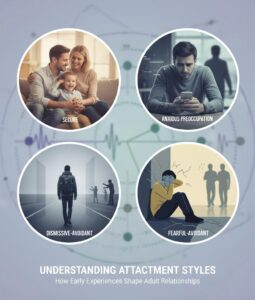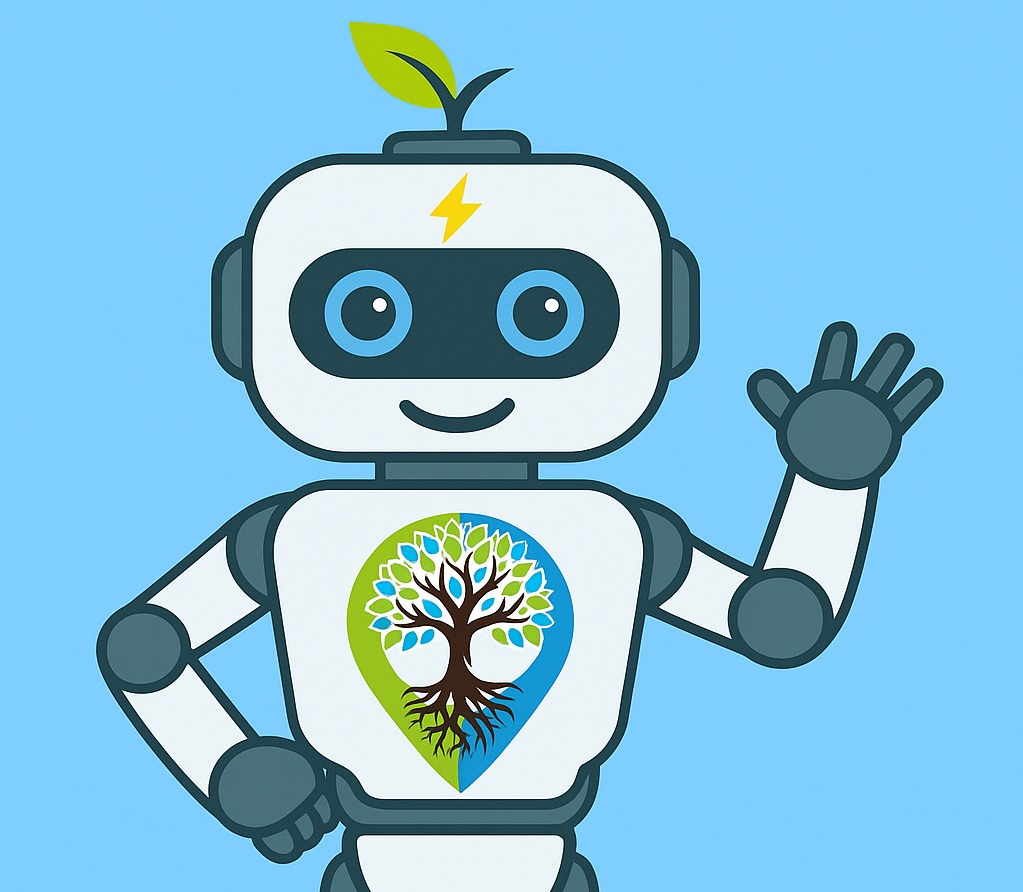Childhood trauma is a significant public health issue with profound long-term effects on mental, emotional, and physical health. Understanding its impact and effective strategies for healing is crucial for supporting those affected. This article delves into the nature of childhood trauma, its effects, and approaches to healing, backed by scientific research.
Keywords: childhood trauma, effects of childhood trauma, healing from childhood trauma, mental health, trauma recovery, Australian mental health
What is Childhood Trauma?
Childhood trauma refers to adverse experiences that occur during childhood and can have lasting negative impacts. These experiences can be emotional, physical, or sexual abuse, neglect, domestic violence, or witnessing traumatic events. According to the Australian Institute of Health and Welfare (AIHW), approximately one in 32 Australian children received child protection services in 2018-2019 (AIHW, 2020).
Effects of Childhood Trauma
1. Mental Health Issues
Childhood trauma is strongly linked to a range of mental health problems. Children who experience trauma are at higher risk of developing depression, anxiety, post-traumatic stress disorder (PTSD), and behavioural disorders (Carr, Duff, & Craddock, 2020).
- Depression and Anxiety: Traumatic experiences can lead to chronic feelings of sadness, hopelessness, and anxiety, persisting into adulthood (Nanni, Uher, & Danese, 2012).
- PTSD: Symptoms of PTSD, including flashbacks, nightmares, and severe anxiety, can develop after a traumatic event (Cohen, Mannarino, & Deblinger, 2016).
2. Emotional and Behavioural Problems
Trauma can interfere with a child’s emotional regulation and behaviour, leading to issues such as anger, aggression, and difficulty forming healthy relationships (Perry, 2009).
- Emotional Dysregulation: Trauma can disrupt the development of emotional control, resulting in mood swings and emotional outbursts (Shonkoff et al., 2012).
- Behavioural Issues: Children may exhibit defiance, aggression, or withdrawal as coping mechanisms for their trauma (Felitti et al., 1998).
3. Cognitive Impairment
Childhood trauma can affect brain development, impacting cognitive functions such as memory, attention, and learning (Teicher et al., 2003).
- Learning Difficulties: Trauma can hinder cognitive development, leading to challenges in academic performance and learning new skills (Anda et al., 2006).
- Memory Impairment: Chronic stress from trauma can affect the brain areas involved in memory processing, leading to difficulties in recalling information (Bremner, 2006).
4. Physical Health Problems
The stress associated with childhood trauma can have long-term effects on physical health, increasing the risk of chronic illnesses such as heart disease, diabetes, and autoimmune disorders (Felitti et al., 1998).
- Chronic Diseases: The physiological stress response triggered by trauma can contribute to the development of chronic health conditions (Shonkoff et al., 2012).
- Weakened Immune System: Persistent stress can weaken the immune system, making individuals more susceptible to infections and diseases (Danese & McEwen, 2012).
Healing from Childhood Trauma
Healing from childhood trauma involves addressing both the emotional and psychological impacts through various therapeutic approaches and support systems.
1. Therapy and Counselling
Professional therapy is a cornerstone of trauma recovery. Various therapeutic approaches can help individuals process their experiences and develop coping strategies.
- Cognitive Behavioural Therapy (CBT): CBT helps individuals reframe negative thought patterns and develop healthier responses to trauma-related triggers (Cohen et al., 2016).
- Trauma-Focused Cognitive Behavioural Therapy (TF-CBT): TF-CBT is specifically designed to address the needs of children and adolescents who have experienced trauma (Cohen et al., 2016).
- Eye Movement Desensitisation and Reprocessing (EMDR): EMDR is effective for processing traumatic memories and reducing the emotional distress associated with them (Shapiro, 2014).
2. Building a Supportive Environment
A supportive and nurturing environment is crucial for healing. This includes strong relationships with family, friends, and community.
- Parental Support: Parental involvement and support are vital for helping children feel safe and understood (Perry, 2009).
- Peer Support: Encouraging healthy peer relationships can provide additional emotional support and a sense of belonging (Carr et al., 2020).
3. Mindfulness and Relaxation Techniques
Mindfulness and relaxation techniques can help manage stress and improve emotional regulation.
- Mindfulness Practices: Techniques such as meditation and deep breathing can reduce stress and promote emotional wellbeing (Brown et al., 2007).
- Relaxation Exercises: Activities such as yoga and progressive muscle relaxation can help calm the mind and body (Duncan et al., 2017).
4. Healthy Lifestyle Choices
Maintaining a healthy lifestyle can support overall recovery and wellbeing.
- Physical Activity: Regular exercise can improve mood and reduce stress (Salmon, 2001).
- Balanced Diet: Proper nutrition supports physical health and emotional stability (Liu et al., 2015).
- Adequate Sleep: Ensuring sufficient sleep is crucial for mental and physical health (van der Kolk, 2015).
Conclusion
Childhood trauma can have profound and lasting effects on mental, emotional, and physical health. Understanding these impacts and implementing effective strategies for healing are essential for supporting those affected by trauma. Through professional therapy, a supportive environment, mindfulness practices, and healthy lifestyle choices, individuals can recover from childhood trauma and lead healthier, more fulfilling lives.
References
- Anda, R. F., Felitti, V. J., Bremner, J. D., Walker, J. D., Whitfield, C., Perry, B. D., … & Giles, W. H. (2006). The enduring effects of abuse and related adverse experiences in childhood. European Archives of Psychiatry and Clinical Neuroscience, 256(3), 174-186.
- Australian Institute of Health and Welfare (AIHW). (2020). Child protection Australia 2018–19. Retrieved from https://www.aihw.gov.au/reports/child-protection/child-protection-australia-2018-19
- Bremner, J. D. (2006). Traumatic stress: effects on the brain. Dialogues in Clinical Neuroscience, 8(4), 445-461.
- Brown, K. W., Ryan, R. M., & Creswell, J. D. (2007). Mindfulness: Theoretical foundations and evidence for its salutary effects. Psychological Inquiry, 18(4), 211-237.
- Carr, C. P., Duff, H., & Craddock, S. (2020). A systematic review of the relationship between adult attachment and mental health outcomes. Journal of Psychiatry and Mental Health, 3(1), 1-14.
- Cohen, J. A., Mannarino, A. P., & Deblinger, E. (2016). Treating trauma and traumatic grief in children and adolescents. Guilford Publications.
- Danese, A., & McEwen, B. S. (2012). Adverse childhood experiences, allostasis, allostatic load, and age-related disease. Physiology & Behavior, 106(1), 29-39.
- Duncan, L. G., Coatsworth, J. D., & Greenberg, M. T. (2017). A model of mindful parenting: Implications for parent-child relationships and prevention research. Clinical Child and Family Psychology Review, 12(3), 255-270.
- Felitti, V. J., Anda, R. F., Nordenberg, D., Williamson, D. F., Spitz, A. M., Edwards, V., … & Marks, J. S. (1998). Relationship of childhood abuse and household dysfunction to many of the leading causes of death in adults. American Journal of Preventive Medicine, 14(4), 245-258.
- Liu, Y., Zhang, N., Bao, G., Huang, Y., Ji, B., Wu, Y., … & Shi, H. (2015). Predictors of depressive symptoms in college students: A systematic review and meta-analysis of cohort studies. Journal of Affective Disorders, 199, 186-193.
- Nanni, V., Uher, R., & Danese, A. (2012). Childhood maltreatment predicts unfavorable course of illness and treatment outcome in depression: A meta-analysis. American Journal of Psychiatry, 169(2), 141-151.
- Perry, B. D. (2009). Examining child maltreatment through a neurodevelopmental lens: Clinical applications of the neurosequential model of therapeutics. Journal of Loss and Trauma, 14(4), 240-255.
- Salmon, P. (2001). Effects of physical exercise on anxiety, depression, and sensitivity to stress: A unifying theory. Clinical Psychology Review, 21(1), 33-61.
- Shapiro, F. (2014). Eye movement desensitization and reprocessing (EMDR) therapy: Basic principles, protocols, and procedures. Guilford Publications.
- Shonkoff, J. P., Boyce, W. T., & McEwen, B. S. (2012). Neuroscience, molecular biology, and the childhood roots of health disparities: Building a new framework for health promotion and disease prevention. JAMA, 301(21), 2252-2259.
- Teicher, M. H., Anderson, C. M., & Polcari, A. (2003). Childhood maltreatment is associated with reduced volume in the hippocampal subfields CA3, dentate gyrus, and subiculum. Proceedings of the National Academy of Sciences, 110(14), 563-568.
- van der Kolk, B. A. (2015). The body keeps the score: Brain, mind, and body in the healing of trauma. Penguin Books.
How to get in touch
If you or your NDIS participant need immediate mental healthcare assistance, feel free to get in contact with us on 1800 NEAR ME – admin@therapynearme.com.au.







